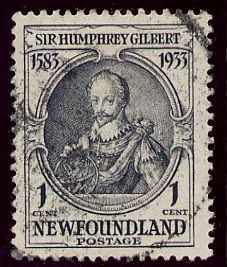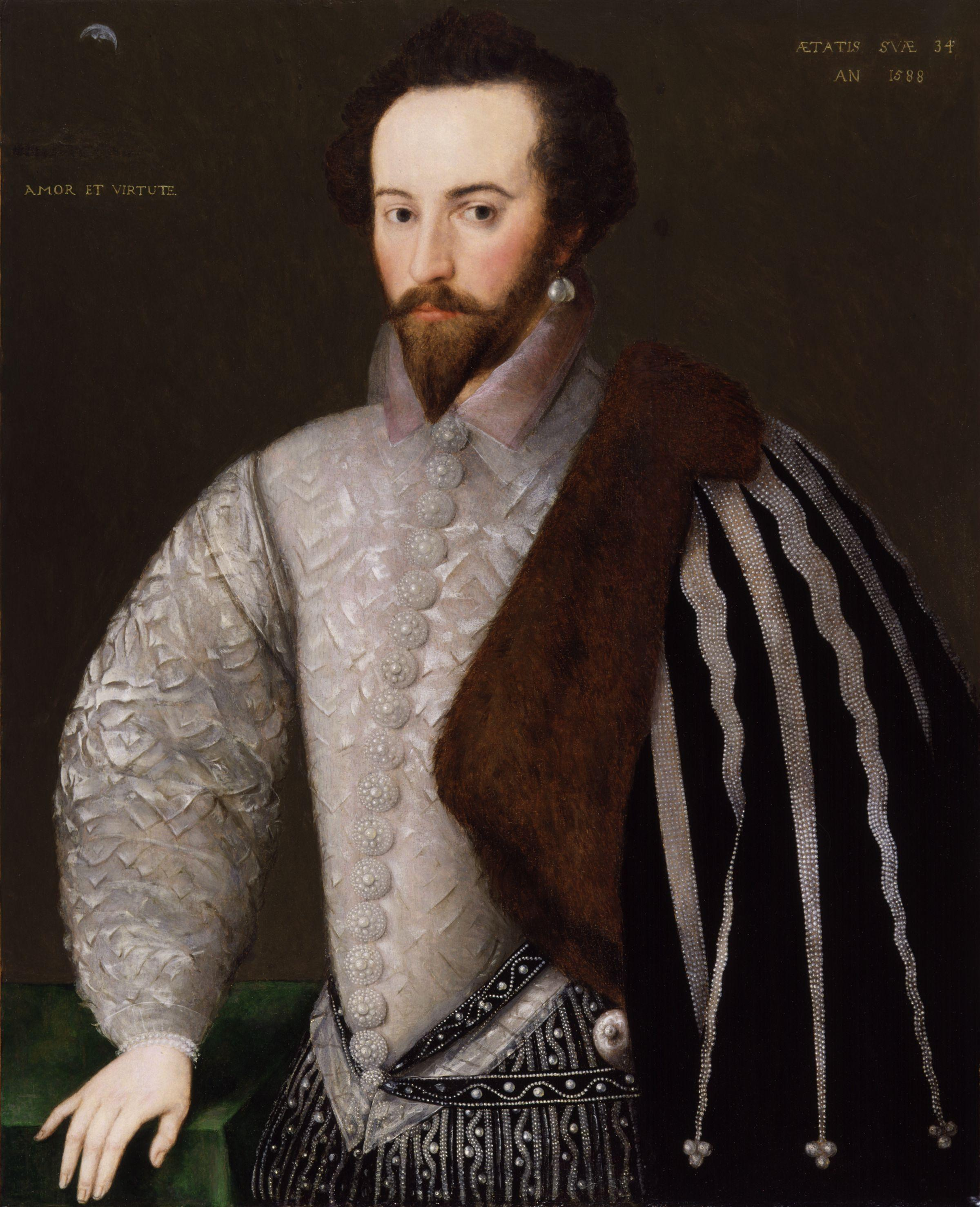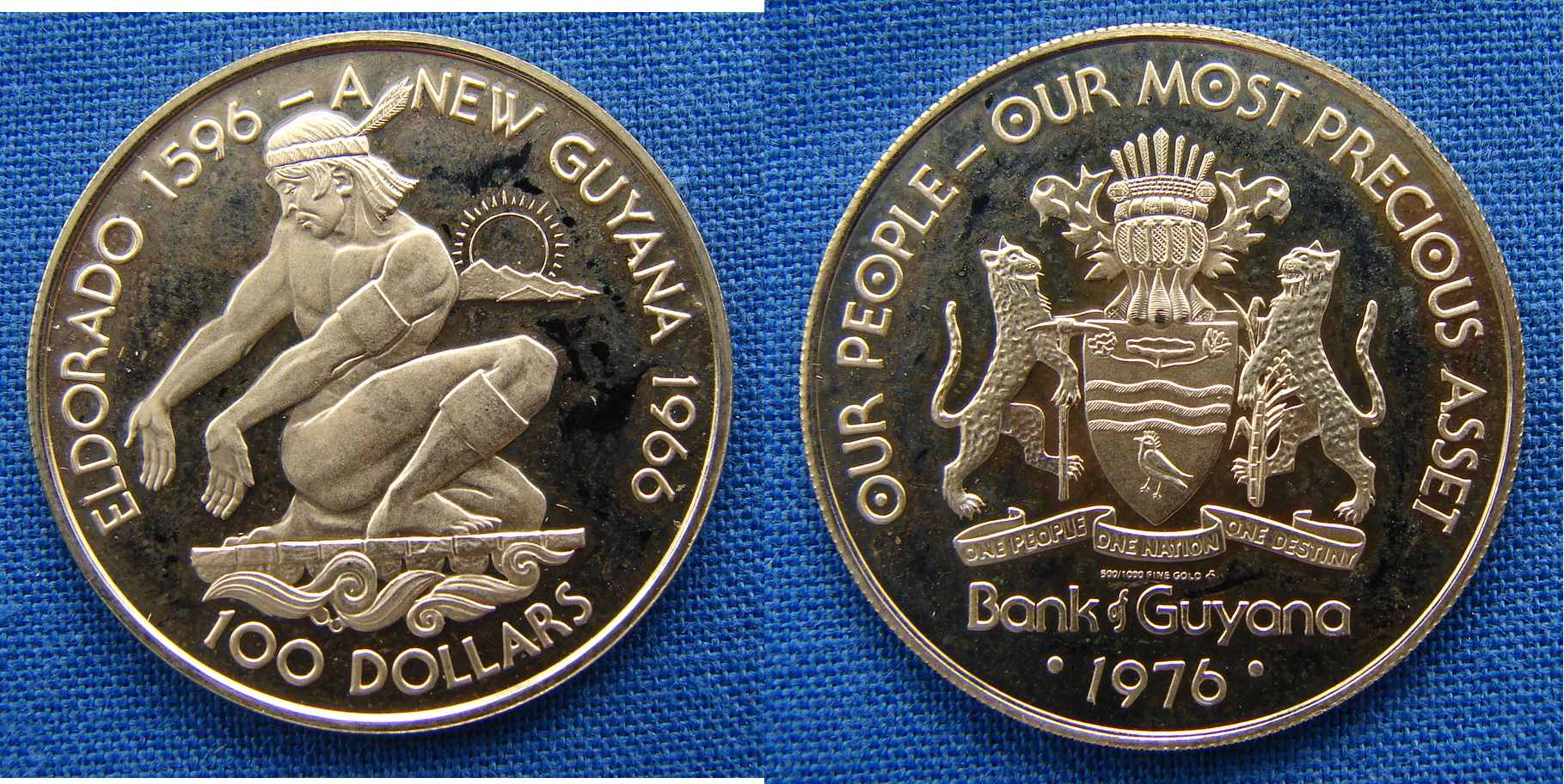|
Walter Raleigh
Sir Walter Raleigh (; – 29 October 1618) was an English statesman, soldier, writer and explorer. One of the most notable figures of the Elizabethan era, he played a leading part in English colonisation of North America, suppressed rebellion in Ireland, helped defend England against the Spanish Armada and held political positions under Elizabeth I. Raleigh was born to a Protestant family in Devon, the son of Walter Raleigh and Catherine Champernowne. He was the younger half-brother of Sir Humphrey Gilbert and a cousin of Sir Richard Grenville. Little is known of his early life, though in his late teens he spent some time in France taking part in the religious civil wars. In his 20s he took part in the suppression of rebellion in the colonisation of Ireland; he also participated in the siege of Smerwick. Later, he became a landlord of property in Ireland and mayor of Youghal in East Munster, where his house still stands in Myrtle Grove. He rose rapidly in the favour of Quee ... [...More Info...] [...Related Items...] OR: [Wikipedia] [Google] [Baidu] |
Lord Warden Of The Stannaries
The Lord Warden of the Stannaries (from la, stannum for Tin, Sn) used to exercise judicial and military functions in Cornwall, England, and is still the official who, upon the commission of the monarch or Duke of Cornwall for the time being, has the function of calling a stannary parliament of tinners. The last such parliament sat in 1753. The first Lord Warden of the Stannaries of Cornwall and Devon was William de Wrotham, who was appointed during the reign of Richard I on 20 November 1197. Until 1502 normally separate Lords Warden were appointed for Cornwall and Devon (as shown in brackets below) and these also acted as stewards for Duchy estates in those counties. In 1502, Robert, 2nd Lord Willoughby de Broke was appointed as Lord Steward for Duchy estates in Cornwall and Devon, Lord Warden of the Stannaries in both, Master Forester of Dartmoor, and the successors appointed since have been granted these offices/titles. The current holder of the post is Nicholas Bacon. ... [...More Info...] [...Related Items...] OR: [Wikipedia] [Google] [Baidu] |
Elizabeth Raleigh
Elizabeth, Lady Raleigh (''née'' Throckmorton; 16 April 1565 – c. 1647) was an English courtier, a Gentlewoman of the Privy Chamber to Queen Elizabeth I of England. Her secret marriage to Sir Walter Raleigh precipitated a long period of royal disfavour for both her and her husband. History Elizabeth, known also as "Bess", was the daughter of the diplomat Sir Nicholas Throckmorton and Anne Throckmorton (''née'' Carew). Bess and her brother Arthur were courtiers to Elizabeth I. In her book, ''The Life of Elizabeth I'' (1998), British author and historian Alison Weir states Throckmorton and Raleigh's first child was conceived by July 1591, the couple were married "in great secrecy" in the autumn of 1591, and their son was born in March 1592. The boy was christened Damerei, after Sir Walter's claimed ancestors, the D'Ameries. Damerei is believed to have died during infancy. Weir states that Queen Elizabeth first became aware in May 1592 of the secret marriage and of Damere ... [...More Info...] [...Related Items...] OR: [Wikipedia] [Google] [Baidu] |
Humphrey Gilbert
Sir Humphrey Gilbert (c. 1539 – 9 September 1583) was an English adventurer, explorer, member of parliament and soldier who served during the reign of Queen Elizabeth I and was a pioneer of the English colonial empire in North America and the Plantations of Ireland. He was a maternal half-brother of Sir Walter Raleigh and a cousin of Sir Richard Grenville. Biography Early life Gilbert was the fifth son of Otho Gilbert of Compton, Greenway and Galmpton, all in Devon, by his wife Catherine Champernowne. His brothers Sir John Gilbert and Adrian Gilbert, and his half-brothers Carew Raleigh and Sir Walter Raleigh, were also prominent during the reigns of Queen Elizabeth I and King James VI and I. Catherine Champernowne was a niece of Kat Ashley, Elizabeth's governess, who introduced her young kinsmen to the court. Gilbert's uncle, Sir Arthur Champernowne, involved him in the plantation of Ireland between 1566 and 1572. Gilbert's mentor was Sir Henry Sidney. He was ... [...More Info...] [...Related Items...] OR: [Wikipedia] [Google] [Baidu] |
Protestant
Protestantism is a Christian denomination, branch of Christianity that follows the theological tenets of the Reformation, Protestant Reformation, a movement that began seeking to reform the Catholic Church from within in the 16th century against what its followers perceived to be growing Criticism of the Catholic Church, errors, abuses, and discrepancies within it. Protestantism emphasizes the Christian believer's justification by God in faith alone (') rather than by a combination of faith with good works as in Catholicism; the teaching that Salvation in Christianity, salvation comes by Grace in Christianity, divine grace or "unmerited favor" only ('); the Universal priesthood, priesthood of all faithful believers in the Church; and the ''sola scriptura'' ("scripture alone") that posits the Bible as the sole infallible source of authority for Christian faith and practice. Most Protestants, with the exception of Anglo-Papalism, reject the Catholic doctrine of papal supremacy, ... [...More Info...] [...Related Items...] OR: [Wikipedia] [Google] [Baidu] |
Elizabeth I
Elizabeth I (7 September 153324 March 1603) was Queen of England and Ireland from 17 November 1558 until her death in 1603. Elizabeth was the last of the five House of Tudor monarchs and is sometimes referred to as the "Virgin Queen". Elizabeth was the daughter of Henry VIII and Anne Boleyn, his second wife, who was executed when Elizabeth was two years old. Anne's marriage to Henry was annulled, and Elizabeth was for a time declared illegitimate. Her half-brother Edward VI ruled until his death in 1553, bequeathing the crown to Lady Jane Grey and ignoring the claims of his two half-sisters, the Catholic Mary and the younger Elizabeth, in spite of statute law to the contrary. Edward's will was set aside and Mary became queen, deposing Lady Jane Grey. During Mary's reign, Elizabeth was imprisoned for nearly a year on suspicion of supporting Protestant rebels. Upon her half-sister's death in 1558, Elizabeth succeeded to the throne and set out to rule by good counsel. She ... [...More Info...] [...Related Items...] OR: [Wikipedia] [Google] [Baidu] |
Ireland
Ireland ( ; ga, Éire ; Ulster Scots dialect, Ulster-Scots: ) is an island in the Atlantic Ocean, North Atlantic Ocean, in Northwestern Europe, north-western Europe. It is separated from Great Britain to its east by the North Channel (Great Britain and Ireland), North Channel, the Irish Sea, and St George's Channel. Ireland is the List of islands of the British Isles, second-largest island of the British Isles, the List of European islands by area, third-largest in Europe, and the List of islands by area, twentieth-largest on Earth. Geopolitically, Ireland is divided between the Republic of Ireland (officially Names of the Irish state, named Ireland), which covers five-sixths of the island, and Northern Ireland, which is part of the United Kingdom. As of 2022, the Irish population analysis, population of the entire island is just over 7 million, with 5.1 million living in the Republic of Ireland and 1.9 million in Northern Ireland, ranking it the List of European islan ... [...More Info...] [...Related Items...] OR: [Wikipedia] [Google] [Baidu] |
English Colonisation Of North America
British America comprised the colonial territories of the English Empire, which became the British Empire after the 1707 union of the Kingdom of England with the Kingdom of Scotland to form the Kingdom of Great Britain, in the Americas from 1607 to 1783. Prior to the union, this was termed ''English America'', excepting Scotland's failed attempts to establish its own colonies. Following the union, these colonies were formally known as British America and the British West Indies before the Thirteen Colonies declared their independence in the American Revolutionary War (1775–1783) and formed the United States of America. After the American Revolution, the term ''British North America'' was used to refer to the remainder of Great Britain's possessions in North America. The term British North America was used in 1783, but it was more commonly used after the ''Report on the Affairs of British North America'' (1839), generally known as the ''Durham Report''. History A num ... [...More Info...] [...Related Items...] OR: [Wikipedia] [Google] [Baidu] |
Elizabethan Era
The Elizabethan era is the epoch in the Tudor period of the history of England during the reign of Queen Elizabeth I (1558–1603). Historians often depict it as the golden age in English history. The symbol of Britannia (a female personification of Great Britain) was first used in 1572, and often thereafter, to mark the Elizabethan age as a renaissance that inspired national pride through classical ideals, international expansion, and naval triumph over Spain. This "golden age" represented the apogee of the English Renaissance and saw the flowering of poetry, music and literature. The era is most famous for its theatre, as William Shakespeare and many others composed plays that broke free of England's past style of theatre. It was an age of exploration and expansion abroad, while back at home, the Protestant Reformation became more acceptable to the people, most certainly after the Spanish Armada was repelled. It was also the end of the period when England was a separate r ... [...More Info...] [...Related Items...] OR: [Wikipedia] [Google] [Baidu] |
The Nymph's Reply To The Shepherd
The Nymph’s Reply to the Shepherd (1600), by Walter Raleigh, is a poem that responds to and parodies the poem "The Passionate Shepherd to His Love" (1599), by Christopher Marlowe. In replying to the shepherd's invitation, the nymph presents her point-by-point rejection of the shepherd's courtship for a life of pastoral idyll. Pastoral poetry. ''The Penguin Dictionary of Literary Terms and Literary Theory'', Third Edition. J.A. Cuddon, Ed. (1991) p. 686. Stylistically, the poems are pastoral poetry written in six quatrains that employ a clerihew rhyme-scheme of AABB. In the film ''The Private Lives of Elizabeth and Essex'' (1939), the poems are sung as a duet; Mistress Margaret Radcliffe sings Marlowe's proposition, “The Passionate Shepherd to His Love”, and Lady Penelope Gray sings Raleigh's rebuttal, “The Nymph’s Reply to the Shepherd”, which performance angers Elizabeth I of England as allusion to her doomed love for Robert Devereux, 2nd Earl of Essex. The poem The ... [...More Info...] [...Related Items...] OR: [Wikipedia] [Google] [Baidu] |
The Discovery Of Guiana
''The Discovery of Guiana'' is a book by Sir Walter Raleigh, who wrote this account one year after his 1595 journey to Guiana, the Venezuelan region of Guayana. He also visited Trinidad. The book includes some material of a factual nature, but postulates the existence of a gold-rich civilisation (El Dorado) on the basis of little evidence. Full title As was common practice in this time period, ''The Discovery of Guiana'' was not the actual name at the time of its publication. It was actually called ''The discovery of the large, rich, and beautiful Empire of Guiana, with a relation of the great and golden city of Manoa (which the Spaniards call El Dorado)''. However, today it is generally simply referred to as ''The Discovery of Guiana''. Background After enjoying several years of high esteem from Queen Elizabeth I, which stemmed in part from his previous exploits at sea, Raleigh suffered a short imprisonment for secretly marrying one of the Queen's ladies-in-waiting.Black, Josep ... [...More Info...] [...Related Items...] OR: [Wikipedia] [Google] [Baidu] |
The Lie (poem)
"The Lie" is a political and social criticism poem probably written by Sir Walter Raleigh circa 1592. Speaking in the imperative mood throughout, he commands his soul to go "upon a thankless errand" and tell various people and organizations of their misdeeds and wrongdoings. And if they object, Raleigh commands, publicly accuse them to be lying, or "give them the lie." To "give the lie" was a common phrase in Raleigh's time of writing. Synopsis The poem is written in 13 stanzas in an ABABCC rhyme scheme A rhyme scheme is the pattern of rhymes at the end of each line of a poem or song. It is usually referred to by using letters to indicate which lines rhyme; lines designated with the same letter all rhyme with each other. An example of the ABAB rh .... Raleigh begins with an energetic determination to expose the truth, especially in the socially elite, although he knows his doing so will not be well received. :Go, Soul, the body's guest, :Upon a thankless errand; :Fear not to ... [...More Info...] [...Related Items...] OR: [Wikipedia] [Google] [Baidu] |









